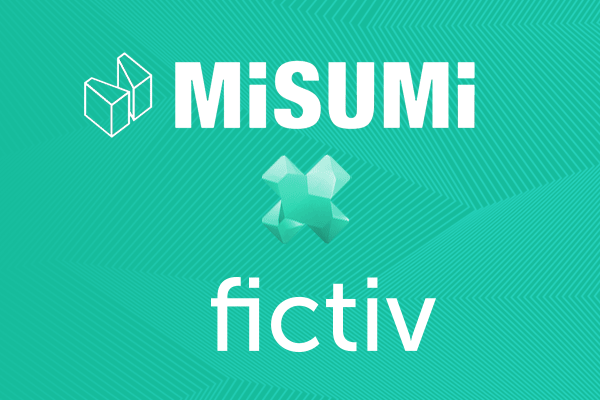Time to read: 3 min
We had the pleasure of welcoming accomplished and exceptional leader Kate Purmal to Fictiv to lead us in a workshop on teamwork. Kate launched her career as a member of the founding management team at Palm and has since worked in CEO, CFO, and COO roles at multiple startups and as a strategic consultant for Hewlett-Packard, Intuit, and SanDisk.
One of the central tools Kate introduced us to during the workshop is a framework called DACI (pronounced day-see or dah-see), first developed at Intuit and designed to help teams improve their decision making process.
DACI is an acronym, with each letter representing different roles that are assigned to various stakeholders in a project. By applying the DACI framework, you can effectively remove ambiguity as to who is responsible for what and improve your team’s communication, efficiency, and velocity through projects.

DACI Roles
Here are the DACI framework roles:
Driver
The driver is the person who leads a project from start to completion. They may not necessarily be doing all of the work, but it’s their job to oversee the project from start to completion.
The driver’s responsibilities typically include:
- Calling an initial kick-off meeting to discuss the purpose of the project.
- Collecting ideas & feedback on the project from those inside and outside the company.
- Creating a detailed step-by-step plan for the project, including tasks that need to get done, deadlines, and how the project will be measured.
- Organizing follow-up meetings to hold people accountable for their assigned tasks and measure progress.
- Communicating updates on the project regularly.
Approver
The approver is the person (or persons) who has approval and veto power over a given project. This is usually a manager or founder, depending on the size of your company.
Consulted / Contributor
These are the experts the Driver will include and call upon to lend their perspectives, which will help to inform the Driver’s decisions. This group can be one or several people and it’s up to the Driver to find and utilize this group as appropriate.
Informed
The Informed are those people who want/need to be informed about the progress of the project, but don’t have any authority to affect the course of the project.
How We’re Implementing DACI
One of our core values at Fictiv is transparency—the quality of acting and declaring intentions openly to our colleagues. DACI helps us to practice this value and provide clarity in the work that we do while also enabling us to move more quickly and work more efficiently.
Here’s the workflow we use for implementing DACI in Asana:
- Each task in Asana (our task management system) is assigned to a Driver.
- Approvers and Contributors are clearly listed in the description of the task.
- Informed persons are added as “followers” to the task so they’re notified of project updates and progress.
By clearly stating up front who is assigned to which role, everyone knows how they can expect to add value to the project. For us, we’ve also decided that anyone on the team can request to be a contributor for any project, but ultimately it’s up to the Driver to make the final decision.
After implementing the DACI framework, we saw clear improvements in communication, the efficiency of our meetings, and our ability to effectively leverage one another’s skills and expertise.
Hopefully, this framework can be a helpful tool for your team, as well, to improve both team culture and work efficacy.









